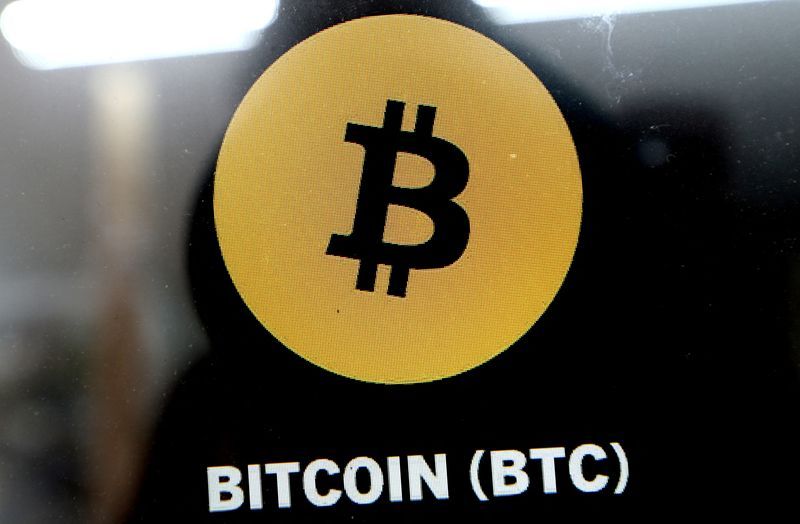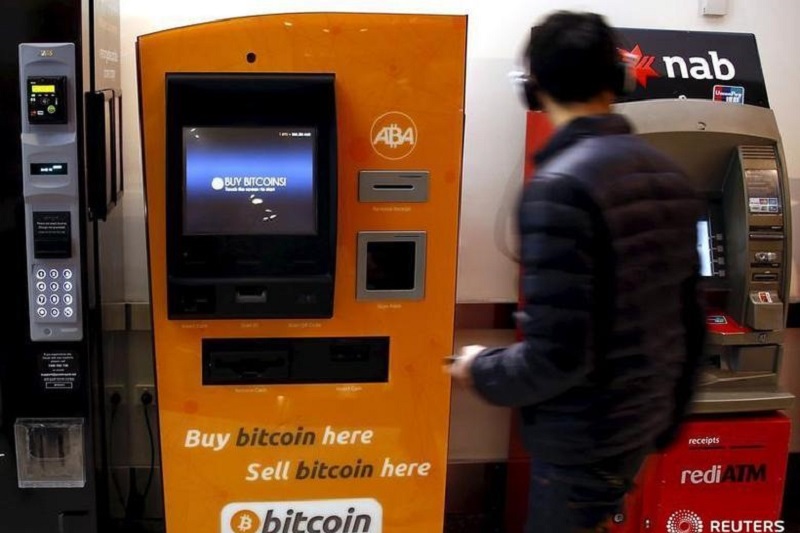U.Today –
and gold
The surge in demand for Bitcoin has coincided with a major sell-off in gold ETFs, which saw outflows of $7.7 billion over the same period, even as the price of gold hit an all-time high of $2,200 per troy ounce.
The data indicates that capital outflows from gold ETFs began in April 2022 and have continued steadily since then, without an acceleration caused by the launch of spot Bitcoin ETFs in the United States. Approximately $46 billion has been withdrawn from gold ETFs during this period.
This divergence in ETF flows challenges the notion that the rise of Bitcoin has directly led to the decline of investor interest in gold, as the trends in gold ETF outflows began before the significant rise of ETFs. of Bitcoin in the US
According to the Galaxy report, in the first quarter of 2024, venture capitalists injected $2.49 billion into companies focused on cryptocurrencies and blockchain through 603 deals, representing a 29% quarter-on-quarter increase in the amount of funding and a 68% increase in the number of offers.
Traditionally, venture capital investment in the cryptocurrency sector has closely mirrored Bitcoin price movements. However, over the past year, this correlation has broken down. Despite Bitcoin's significant price rise since January 2023, venture capital activity has not seen a commensurate increase.
Although the first quarter of 2024 witnessed a notable increase in the value of Bitcoin, the level of invested capital still remains below the levels seen when Bitcoin last surpassed $60,000.
This divergence can be attributed to a combination of industry-specific catalysts (such as Bitcoin ETFs, advances in areas such as restructuring and modularity, and Bitcoin Layer 2 solutions) and broader macroeconomic factors such as interest rates. .
Remove ads
.
BTC as a risk-free asset
As the first independent, global, rules-based digital monetary system, Bitcoin's decentralization mitigates the systemic risks associated with traditional financial systems that rely on centralized intermediaries. It serves as a platform to transfer and store Bitcoin, a scarce digital monetary asset.
Unlike traditional financial systems, which rely on centralized institutions, Bitcoin operates as a single institution governed by a global network of peers, promoting automated, public and transparent rule application.
Paradoxically, Bitcoin's volatility is tied to its monetary policy, underscoring its credibility as an independent monetary system. Unlike modern central banking, Bitcoin does not prioritize price stability; instead, it controls the growth of Bitcoin supply to prioritize the free flow of capital. This dynamic explains Bitcoin's price volatility, which is driven by demand relative to its supply.
Comparing the price of Bitcoin to the federal funds rate demonstrates its resilience in different economic and interest rate environments. Notably, the price of Bitcoin has appreciated significantly in both high and low interest rate regimes.
Over the past decade, Bitcoin has proven resilient during periods of risk aversion, with its price consistently higher than during such events.
This article was originally published on U.Today.









